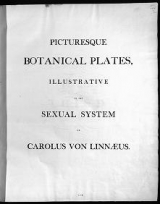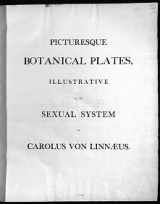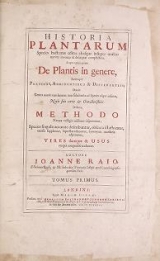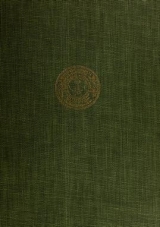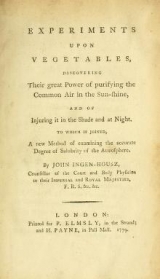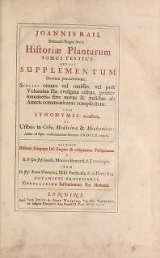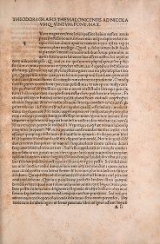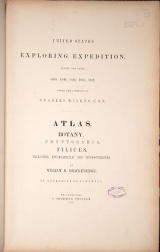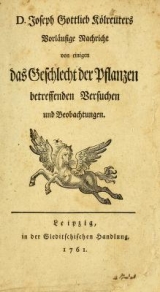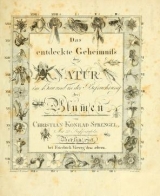Larreátegui lived and wrote in a period of great scientific activity in Mexico, especially in botany. The generic name - Chiranthodendron - is a combination of Greek words meaning "hand-flower-tree." Larreátegui notes that this was the name used by the Spanish botanists in Sessé's expedition, which studied the tree in 1787. The trivial namepentadactylon means "five-fingered." The tree flowers in winter, when the branches are otherwise bare. It was well-known long before the Spanish arrived in the 1500s; in the Aztec language Nahuatl it is called Macpalxochicuahuitl ("hand-flower-tree"). In Spanish it is called Árbol de las manitas ("tree of the little hands"), flor de manita ("flower of the little hand"), and manita or mano de león ("little hand, or hand, of a lion"); and in English, the hand-flower tree or Mexican hand plant (Hortus Third).
As Larreátegui explains, the tree was known from a single specimen growing since time immemorial in Toluca in the Valley of Mexico. The Indians revered it and used it in medicines for relieving pain and inflammation, according to the Badianus Manuscript, an Aztec herbal now in the Vatican Library, and early Spanish commentaries, notably Hernandez's Quatro Libros de la Naturaleza y Virtutes de las Plantas y Animales...en la Nueva España first published in 1615. Following their beliefs about what would please the gods, the Aztecs picked every flower on the Toluca tree each year to prevent it from germinating and producing others of its kind, although it is reported that there were a few others cultivated in gardens or presented as royal gifts. The Toluca tree was visited and studied by Sessé and Mociño, Cervantes, and Humboldt and Bonpland on their several botanical expeditions during this period. The species is a large forest tree in the Sterculiaceae (Cacao) family and is now known to be abundant in wet mixed oak-pine and deciduous mountain forests through Mexico and Guatemala.
There is no further note of Larreátegui in the published record. After only a year of public prominence in the botanical circle of Mexico City - emerging as a spokesman in matters of Linnean nomenclature and describing a tree new to Western science - he disappears from view. It is conjectured that he established a practice as a physician.
After its publication in Mexico, Larreátegui's monograph found its way to France. It happened that a French naval and colonial administrator, returning to France by way of the United States after a term of service in Guadeloupe, met another Frenchman who had been travelling in Mexico; the latter, a certain "Monsieur Orsel of Lyons," gave to the administrator, Daniel Lescallier, a copy of Larreátegui's Spanish publication along with dried specimens of the leaves, flowers, and seed pods of the tree, all of which Orsel had acquired in his Mexican travels. Lescallier recognized the interest and reputed usefulness of the plant, and, while apologizing for his lack of standing in botanical circles and the "indirect route (and, as the English say, at second hand)" by which he had become involved with the work, he decided "to put [his translation] before the public, such as it is" (translated from the "Avant-propos du traducteur," p.7-8).
Portions of the original Spanish work were included by Vicente Cervantes in an article in the Anales de Ciéncias Naturales (v.6, 1803: 303-314), in which Cervantes proposed a different name for the species. A further translation summarizing the work from the French edition into German appeared in Schrader's Neues Journal für die Botanik (v.2, 1807: 104-109). At the very end of the nineteenth century Larreátegui's work was reprinted in the Nueva Recopilación de Monografías Mexicanas y Tesis Inaugurales de Materia Medica of the Anales del Instituto Medico Nacional (Mexico [City], 1894: v.1, 5-25 (app.)).




